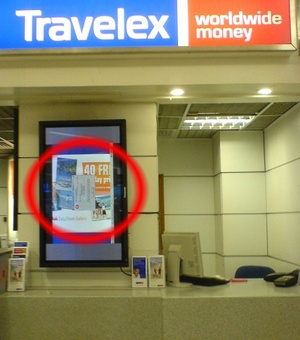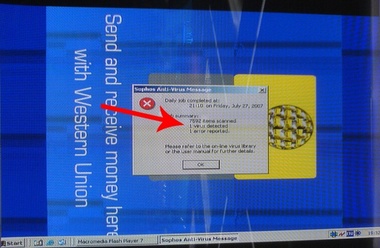I’ve found that the always entertaining FAILblog is a rich source for revealing errors. Here’s a nice example.

Every reader on FAILblog can chuckle at the idea an item is being offered for $69.98 instead of an original $19.99 as part of a clearance sale. The idea that one can “Save $-49” is icing on the cake. Of course, most readers will immediately assume that no human was involved in the production of this sign; it’s hard to imagine that any human even read the sign before it went up on the shelf!
The sign was made by a computer program working from a database or a spreadsheet with a column for the name of the product, a column for the original price, and a column for the sale price. Subtracting the sale price from the original gives the “savings” and, with that data in hand, the sign is printed. The idea of negative savings is a mistake that only a computer will make and, with the error, the sign-producing computer program is revealed.
Errors like this, and FAILblog’s work in in general, highlights one of the reasons that I think that errors are such a great way to talk about technology. FAILblog is incredibly popular with millions of people checking in to see the latest pictures and videos of screw-ups, mistakes, and failures. For whatever reason — sadism, schadenfreude, reflection on things that are surprisingly out of place, or the comfort of knowing that others have it worse — we all know that a good error can be hilarious and entertaining.
My own goal with Revealing Errors centers on a type of technology education. I want to revealing hidden technology as a way of giving people insight into the degree and the way that our lives are technologically mediated. In the process, I hope to lay the groundwork for talking about the power that this technology has.
But if people are going to want to read anything I write, it should also be entertaining. Errors are appropriate for a project like mine because they give an a view into closed systems, hidden intermediaries and technological black boxes. But they they are great for the project because they are also intrinsically interesting!

